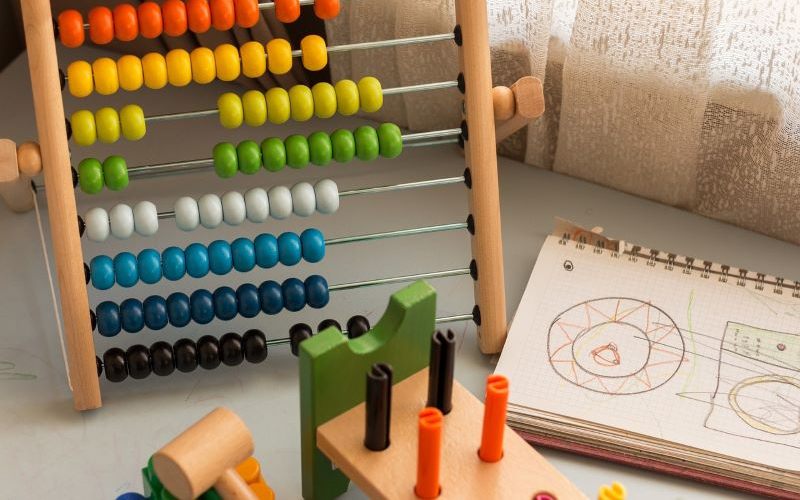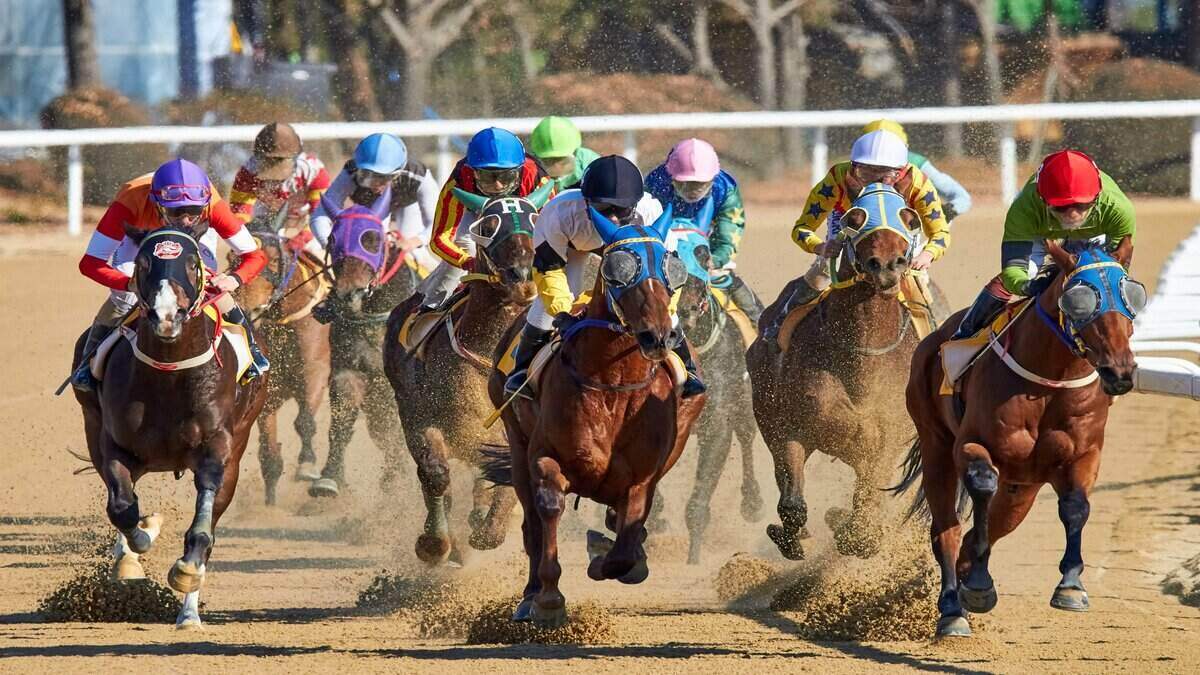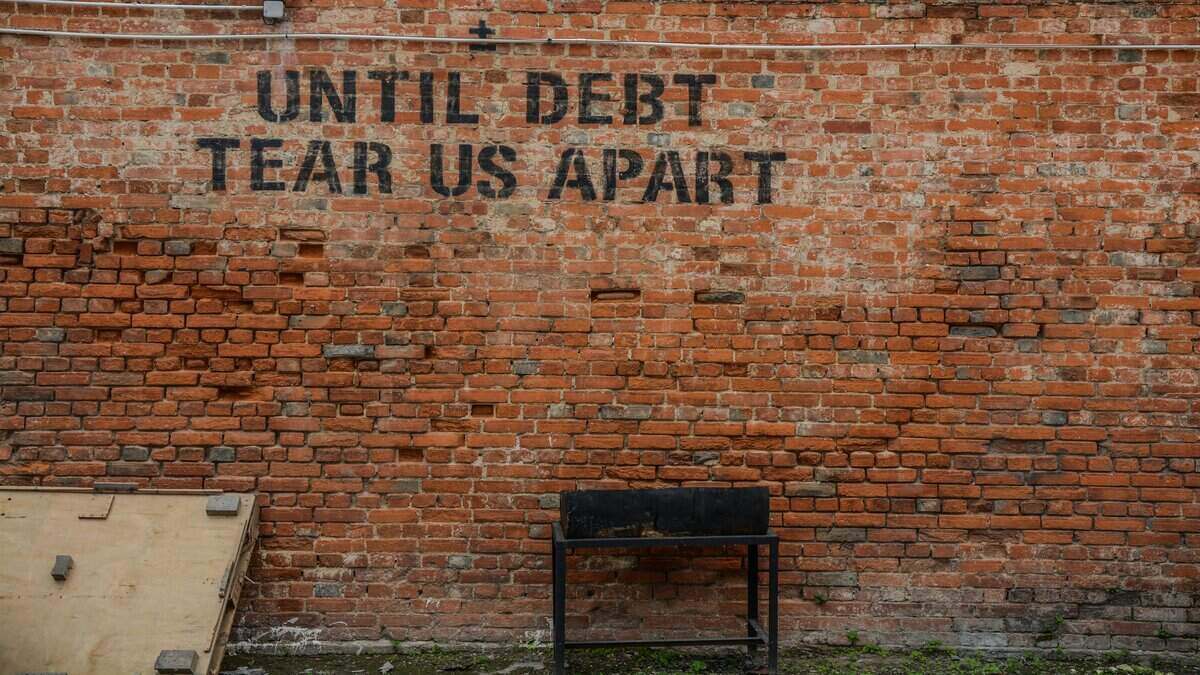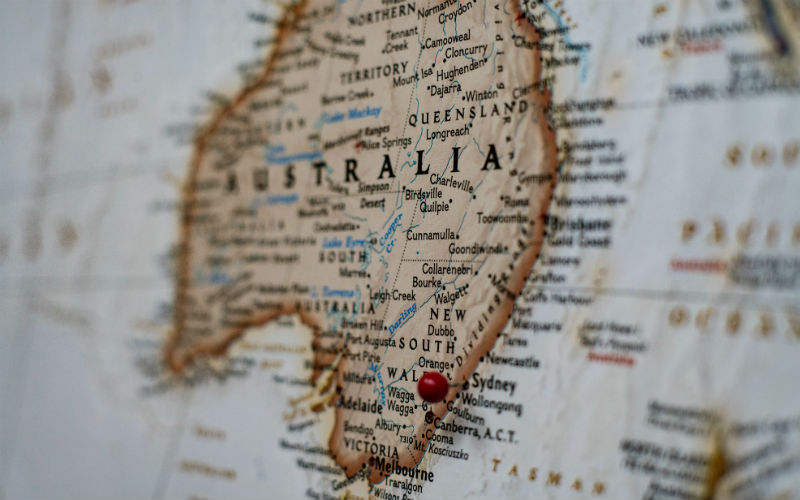As of 23 August, one Aussie dollar currently buys about $0.64 USD, according to Xe currency converters.
That's the weakest the AUD has performed since November 2022, and Westpac senior currency strategist Sean Callow expects it will drop to $0.62 in the near future.
"In the short-term, it's hard to see the catalyst for a sharp turn around," Mr Callow said on Wednesday morning.
"If the pressure of concerns over China and the strong US dollar remains intact, then we're probably looking at that 62 cent area against the US currency that we saw in October last year."
The US Federal Reserve has hiked up interest rates past 5% to bring down inflation, which means interest yielding products like bonds are more lucrative compared to Australia, where the cash rate is 4.10%.
The US Fed started hiking the policy rate earlier than Australia's RBA, and consequently inflation has dropped more sharply, down to 3.3% (annualised) in July, versus Australia's 5.4% in June.
Australia will see updated inflation figures for July next Wednesday.
As of yesterday, market ascribed an 88% chance the RBA decides against hiking any higher in September, as per the ASX RBA rate tracker, so this disparity in currencies and inflation looks set to continue.
Meanwhile, the Chinese property market has experienced a significant slowdown, with home sales slumping, hurting growth throughout the rest of the Chinese economy.
Mr Callow said a lot of Chinese household investment is tied into the property sector, so its struggles are causing concern everywhere, likely lowering consumer confidence among other factors.
This could flow through to decreased demand for Aussie exports, since China is our biggest trade partner, but Mr Callow also believes global investors often use the AUD as a proxy for speculation on China, so are likely put off by these developments.
"When [investors] are bearish about the Chinese economy and falling stock market and Chinese Yuan, it tends to show up as a weaker Aussie dollar," Mr Callow said.
What does a weak AUD mean for Aussies?
While a weak dollar sounds all bad, there's a few groups in Australia that might end up benefitting.
When the dollar is low, it means Australian goods are less expensive relative to other countries, so there's often a boost for exporters.
Manufacturing, agriculture, tourism and education all could see increased demand because of this.
This flows on to stronger GDP figures, with updated figures due 6 September, despite them not being inflation-adjusted.
At the moment though, extra demand is exactly what the RBA doesn't want to see: high interest rates are intended to stop people from spending, easing the supply/demand disparity and bringing down the price of goods and services.
RBA modelling assumes a decline in currency translates to higher inflation, faster economic growth, higher wages and higher interest rates.
A weak Aussie dollar is therefore a potential risk factor for further increases to the cash rate, so struggling mortgage holders will likely be hoping to see solid improvements before too long.
For those who have an overseas trip coming up, a weak exchange rate also means you'll get less local currency, and the same applies for people buying goods from other countries.
A weak Aussie dollar in the long run hurts purchasing power both domestically and overseas.
Read more-What a weak Aussie dollar means for your hip pocket
Can the dollar turn around?
Mr Callow said although the outlook for the dollar in the short term is pessimistic, there are plenty of things that could rapidly put the AUD back on track.
"China does have some levers to pull in terms of growth," he said.
"If they can get a bit of stability and some of this excessive gloom perhaps lifts, then we might be talking 67 or 68 cents for the Aussie, although it might take until year end or early next year."
He also pointed out high rates in the US should start to slow growth there, which could mean rates there begin to come down, likely to translate to an improved AUD.
Advertisement
Need somewhere to store cash and earn interest? The table below features savings accounts with some of the highest interest rates on the market.
Picture by Melissa Walker Horne on Unsplash







 Denise Raward
Denise Raward
 Harry O'Sullivan
Harry O'Sullivan


 Harrison Astbury
Harrison Astbury

